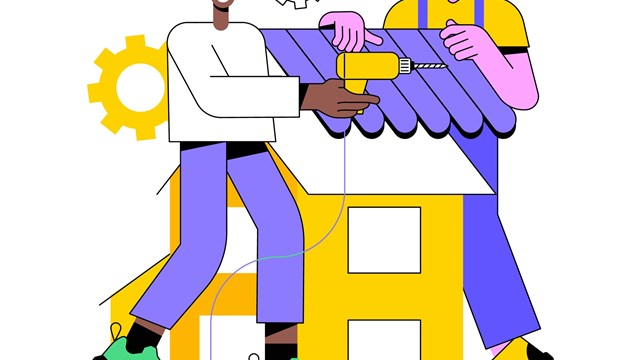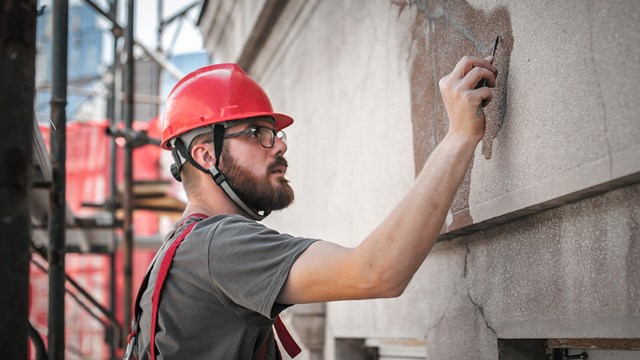With the focus on climate change and how to fight it constantly sharpening, residential communities are seeking ways to reduce their contribution to the problem, commonly known as their carbon footprint. Carbon reduction is necessary both to meet state and local laws and regulations and to control expenses on a long-term basis. One useful tool for both these aims is a carbon study.
What is a Carbon Study?
A building’s (or even a single person’s) carbon footprint is defined simply as how much carbon the property (or person) is putting into the atmosphere over a given period of time. Given the starring role atmospheric carbon plays in the climate change process, knowing how much carbon a building or person is throwing off is a way to measure its relative contribution to the problem. A carbon study is similar to an energy audit, but instead of assessing a building’s entire energy profile to identify areas of inefficiency, carbon studies focus just on how a building or community uses fossil fuels.
“A carbon study’s goals are similar to those of an energy audit,” says Kelly Dougherty, president of First Service Energy, “except it focuses on how that building, or community uses fossil fuels or generates electricity from fossil fuels. The process requires going through all systems in a building or property and understanding how each system is used. The goal of the study is to create actionable items to reduce the property’s carbon footprint.”
How's it Used?
A carbon study is more specific and directed than an energy audit. It is focused exclusively on carbon usage - not overall energy efficiency. The results are a way for a board of directors to build a road map forward to reduce their carbon emissions.
“Each building or community is different and unique,” says Dougherty. “There are components of carbon reduction that are done in conjunction with utilities and other energy providers. There’s also the question of bringing more power capacity to individual apartments to accommodate a shift toward non-fossil fuel-based electric power. Many older buildings can’t support electrification. They may need increased power, and those needs must be part of an overall plan from both financial and infrastructure sides. Reducing our carbon footprint is not an overnight thing and may involve plans of 10 years, or even longer. Replacing equipment at the end of its useful life - which could be decades in the future - with new equipment not dependent on fossil fuels is the goal. A carbon study is a road map for this.”
Upon completing the study, the engineering company will provide the board with a phased program outlining how to best implement changes to reduce their carbon footprint and ultimately save residents money. The board, manager, and vendors must then work with the engineers to make the plan effective.
The board and management should also use a carbon reduction plan in conjunction with periodic reserve studies to maximize the benefit of both reports. If a reserve study recommends replacement of a specific building system that influences the building’s carbon footprint, information from the carbon study can be used to convert the systems to a more climate-friendly energy source and maximize economic efficiency. The two plans should dovetail, in other words.
Currently, some states require energy audits but not specifically carbon studies. “They are not the same thing,” reiterates Dougherty. “Boston, St Louis, New York and Washington DC, to name a few, have some requirements for energy reductions and require a plan from individual buildings. While they don’t require a carbon study per se, that’s what you need to get the work done.”










Leave a Comment